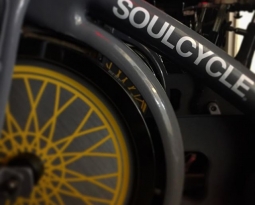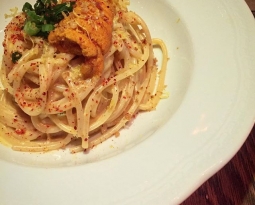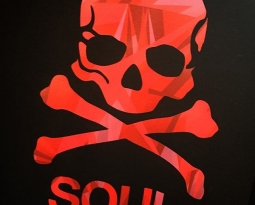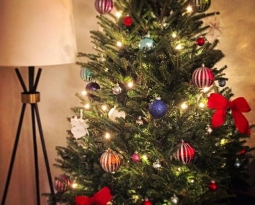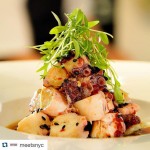#Repost from our upcoming @thenewworlder project.・・・For many visitors to Panama City, the Mercado de Mariscos is a stop on a tour en route to Casco Viejo. They walk in, order a Styrofoam cup of creamy ceviche, do a loop around the stalls of the fish vendors, take a few photos of the red snappers and octopus being weighed for sale, and then walk out. On the other side of the market, behind fences and a large building with sophisticated refrigeration equipment, is the working pier, where a fleet of somewhere between 1000-2000 small fishing boats from villages all along the Panama’s Pacific coast could come in at any time. The pier operates 24 hours a day and at any given time you’ll see boats unloading yellow fin tuna, parga roja (red snapper), corvina (sea bass), or squid. Many of the boats sail a day out to sea or more, often spending days or weeks at a time in the Pacific, depending on the size and refrigeration capabilities. Most of the fish, such as those yellow fins, are exported to Japan and the United States, while the smaller fish are sold to the public or consumed locally in Panama City restaurants, including the cevicherias right in the market. #panama #mercado #fish #seafood #pty #market #pacific #mercadodemariscos #fishing #fishermen #food #instafood #travel #instatravel
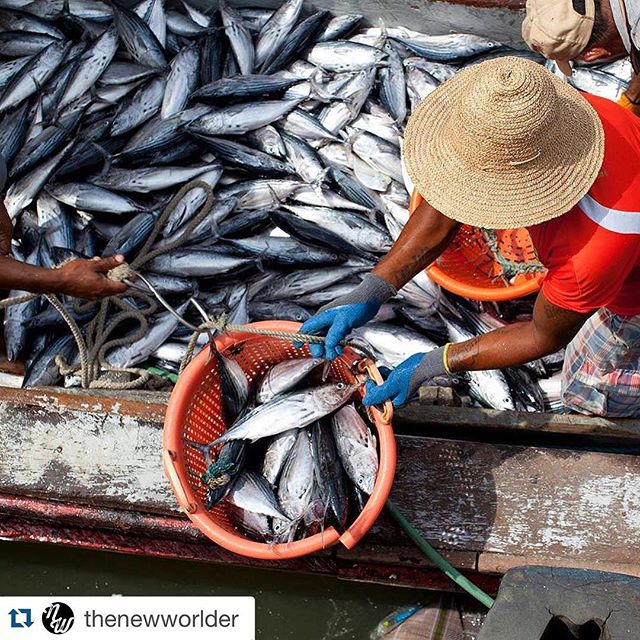
Recent Posts

